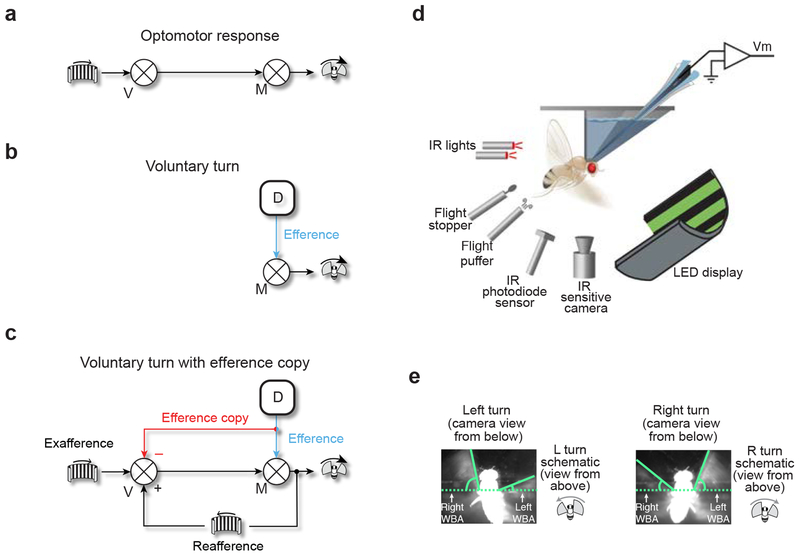Figure 1. Patch-clamp recordings in tethered, flying Drosophila can reveal whether fly visual neurons receive motor-related inputs with voluntary turns.
(a) Schematic of the optomotor response. V: visual center. M: motor center. (b) Schematic of a volitional turn. An internal decision center (D) sends a command to initiate a volitional turn, an efference, to a motor center, which drives the fly to turn. (c) von Holst and Mittelstaedt’s concept of an efference copy. An internal decision center sends an efference to a motor center (blue) and also a copy of the efference, an efference copy, to visual centers (red). The copy signal has the form where it cancels the expected reafferent visual input caused by the turn. Use of block diagram notation from control theory is only for heuristic purposes; interactions between signals at each summator junction (circle with × through it) need not be strictly additive in the brain. (d) Experimental apparatus. (e) Camera images of a fly turning left and right. WBA: wingbeat angle. Angles were measured from the horizontal as indicated. Note that camera images are taken from below the fly whereas schematics of a fly turning, used later in the paper and shown here, are oriented, more naturally, as viewing the fly from above.

